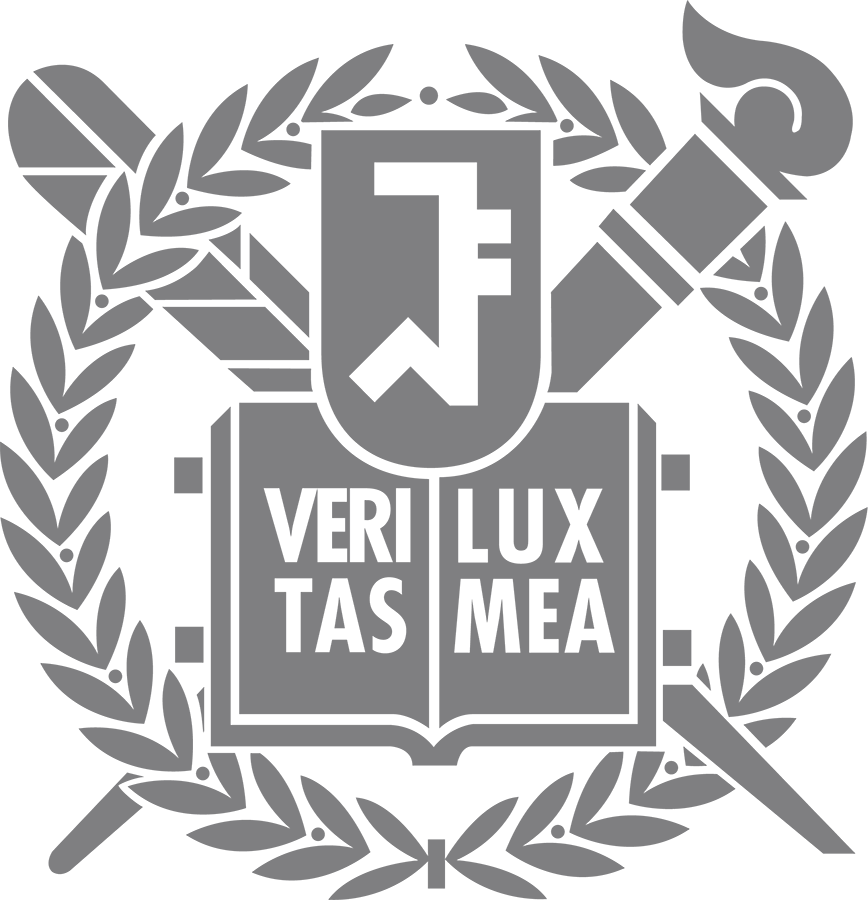Seminar and Event
Analysis of Effects Fiber Architecture on Behavior of Woven and Braided Composites
Seminar Date
2006-06-20
Author
박성훈
Date
2006-06-14
Views
1926
1. 제 목 : Analysis of Effects Fiber Architecture on Behavior of Woven
and Braided Composites
2. 연 사 : Prof. John Whitcomb
(Aerospace Engineering Department, Texas A&M University)
3. 일 시 : 2006년 6월 20일 (화) 오후 4시 ~ 5시
4. 장 소 : 301동 117호 세미나실
5. 내 용 : Textile composites are being used in applications ranging from prostheses for amputees to shrouds to capture wayward blades from a failed jet engine. The primary advantages are reduced part count and increased damage tolerance due to interlacing of the fiber tows. Unfortunately, the tow interlacing that allows forming of complex shapes and increased damage tolerance also reduces "in-plane" stiffness and causes local stress concentrations, which can cause early damage initiation.
Predicting the behavior of woven composites is non-trivial because of the complex 3-D geometry of even “simple” weaves. The figure illustrates the complexity of the fiber-direction stress in the warp tows of a satin weave subjected to simple uniaxial load in the warp direction. This talk will focus on two areas: development of detailed three-dimensional models of woven and braided composites and use of these models to develop understanding of their behaviors. Various textiles will be examined. These will differ in terms of material system, degree of crimp, cross-sectional shape, and relative orientation of interlacing tows. Although most of the results will be based on full three-dimensional models, the predictions will be compared with much simpler theories, such as classical laminated plate theory.
6. 연사약력 :
1973 : B.S. in Mechanical Engineering, North Carolina State University
1976 : M.S. in Mechanical Engineering, Stanford University
1988 : Ph.D. in Materials Engineering Science, VPI & SU
1974~1989 : Research Engineer at NASA Langley Research Center, Mechanics of Materials Branch from
1989~Current : Professor in the Aerospace Engineering Department at Texas A&M University
7. 문 의 : 기계항공공학부 김 승 조 교수 (☏ 880-7388)
and Braided Composites
2. 연 사 : Prof. John Whitcomb
(Aerospace Engineering Department, Texas A&M University)
3. 일 시 : 2006년 6월 20일 (화) 오후 4시 ~ 5시
4. 장 소 : 301동 117호 세미나실
5. 내 용 : Textile composites are being used in applications ranging from prostheses for amputees to shrouds to capture wayward blades from a failed jet engine. The primary advantages are reduced part count and increased damage tolerance due to interlacing of the fiber tows. Unfortunately, the tow interlacing that allows forming of complex shapes and increased damage tolerance also reduces "in-plane" stiffness and causes local stress concentrations, which can cause early damage initiation.
Predicting the behavior of woven composites is non-trivial because of the complex 3-D geometry of even “simple” weaves. The figure illustrates the complexity of the fiber-direction stress in the warp tows of a satin weave subjected to simple uniaxial load in the warp direction. This talk will focus on two areas: development of detailed three-dimensional models of woven and braided composites and use of these models to develop understanding of their behaviors. Various textiles will be examined. These will differ in terms of material system, degree of crimp, cross-sectional shape, and relative orientation of interlacing tows. Although most of the results will be based on full three-dimensional models, the predictions will be compared with much simpler theories, such as classical laminated plate theory.
6. 연사약력 :
1973 : B.S. in Mechanical Engineering, North Carolina State University
1976 : M.S. in Mechanical Engineering, Stanford University
1988 : Ph.D. in Materials Engineering Science, VPI & SU
1974~1989 : Research Engineer at NASA Langley Research Center, Mechanics of Materials Branch from
1989~Current : Professor in the Aerospace Engineering Department at Texas A&M University
7. 문 의 : 기계항공공학부 김 승 조 교수 (☏ 880-7388)

